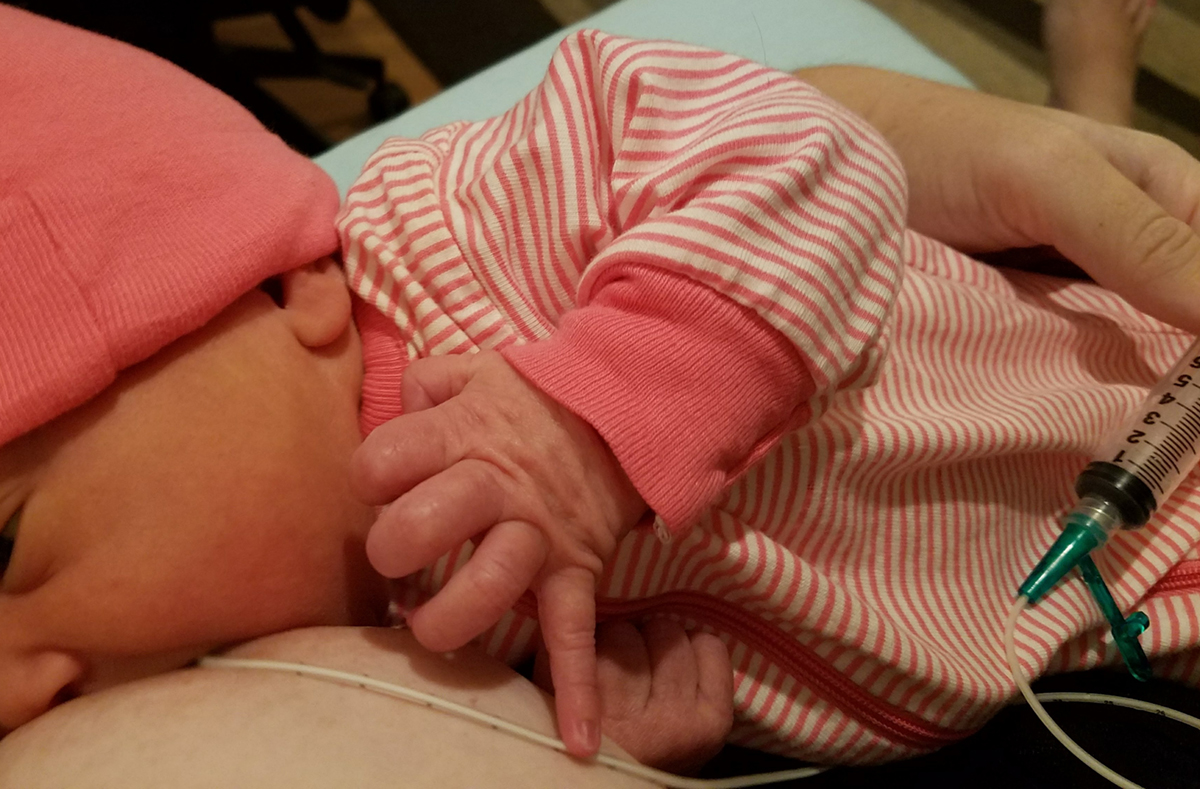
Thrush is also well known under other names, such as yeast infection and candidiasis. It is an infection caused by the fungus called Candida albicans, which is normally present in our body, especially in the digestive tract. It is not dangerous and it is usually harmless. However, because of various reasons the fungus being triggered starts to multiply and excessive amounts of yeast appear in the body, causing thrush or yeast infection.
Thrush infection can be oral and genital, but the fact is that the yeast may affect other parts of the body as well, such as the intestines. Thrush infection is not a serious condition for the overall heath of the body and can be easily treated and cured. However, recurring thrush infections are more serious and usually happen in those with a weak immune system. Infants are susceptible to developing thrush infection, especially oral thrush infection.
Symptoms of infant thrush infection
The most obvious symptom of this condition in children is the outbreak of white patches inside the mouth, on the tongue, on the inside of the cheeks, on gums and tonsils, as well as on the roof of the mouth. Since, they look like milk curs, these white patches are usually mistaken for the milk remains in the baby’s mouth. In some severe cases, these white patches are painful and cause soreness, or if they are rubbed, bleeding is likely to occur, so the baby has difficulty in eating and swallowing. The babies with oral thrush infection become fussy and irritated. Other signs of this condition in infants that may appear are blisters and rashes on the buttocks.
Causes of thrush infection in infants
The main cause for the occurrence of this condition is the fungus mentioned above. However, the fungus needs a favorable environment in order to produce itself. The baby’s mouth is one of the most suitable places for the fungi, since the inside of the baby’s mouth is warm, moist and has high amounts of sugar. Furthermore, the infant’s immune system is not very strong.
Apart from this, an infant may get the thrush from his/her mother on delivery, when it has vaginal thrush infection. The baby can get thrush infection through breastfeeding, which is particularly common if the mother is either diabetic, or consumes antibiotics.
Treatment of thrush infection in infants
In the mild cases of thrush infection in children, the treatment is not necessary because the yeast infection subsides in approximately two weeks, while in the severe cases, anti-fungal medications should be given to the baby, but mother should be also treated.


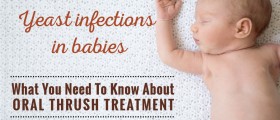
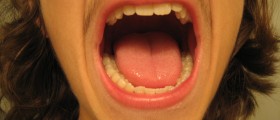





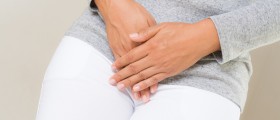


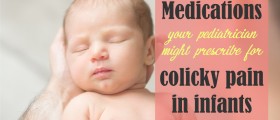
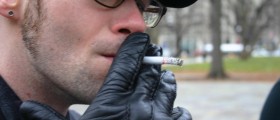
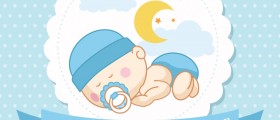
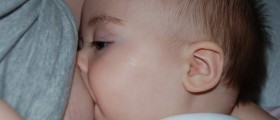
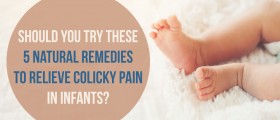
Your thoughts on this
Loading...